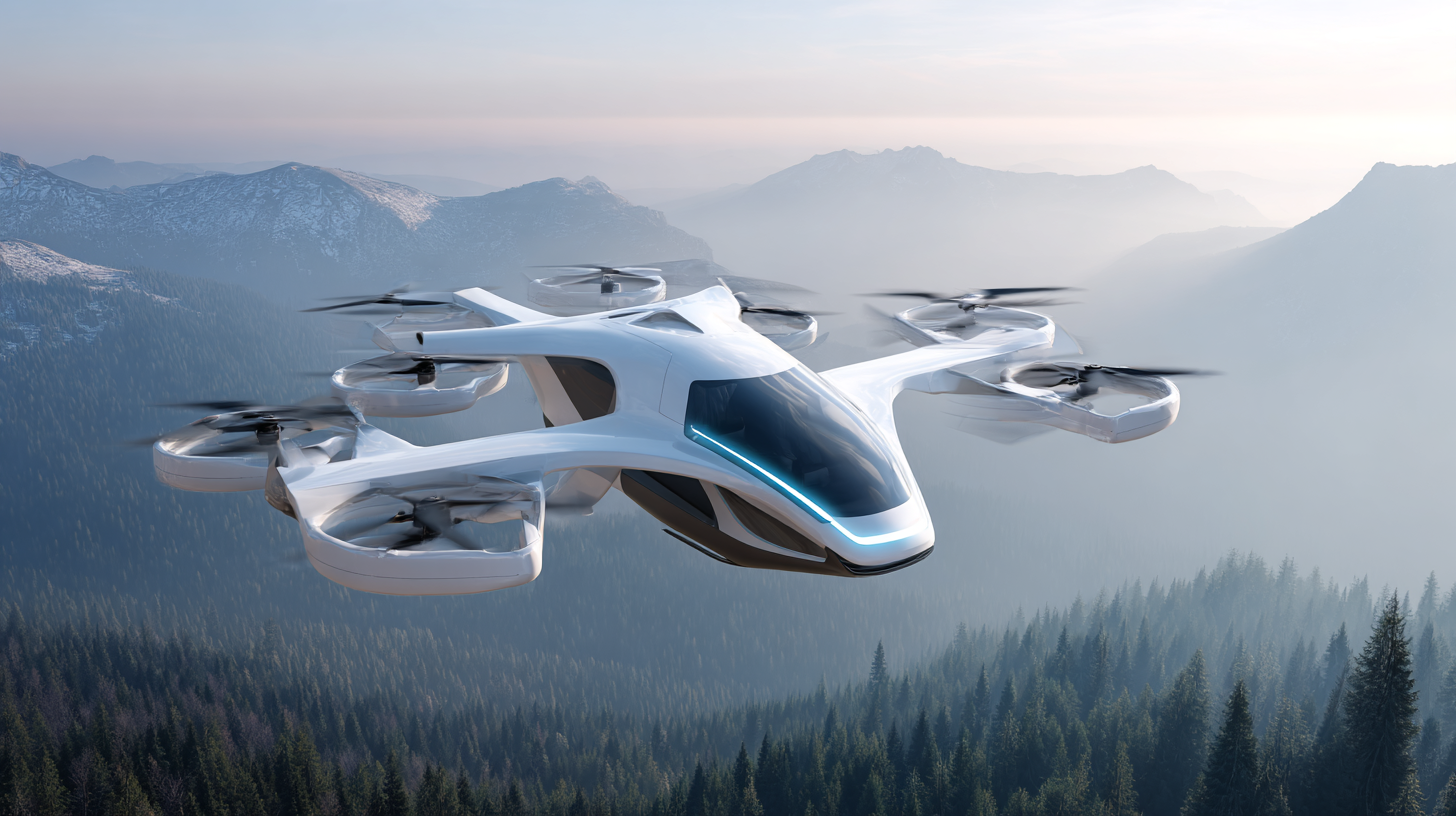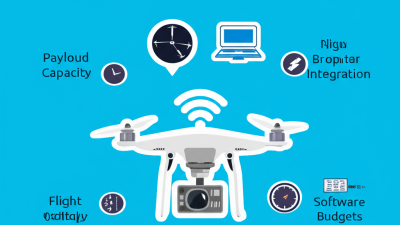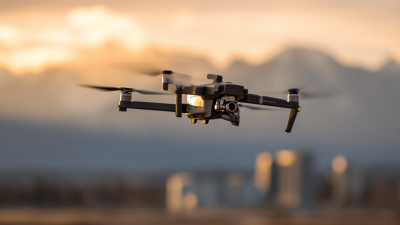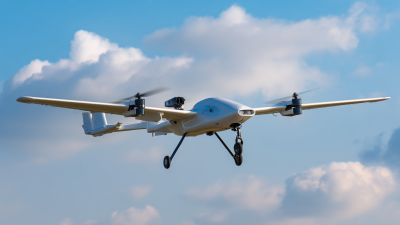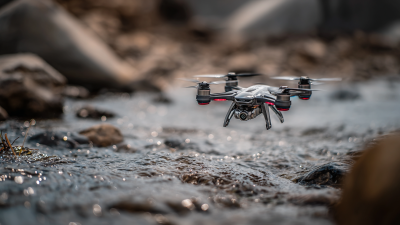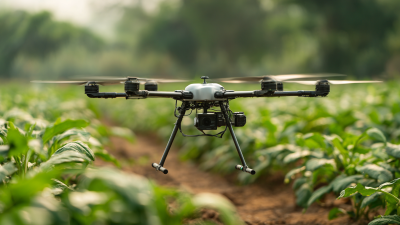Leave Your Message
As we stand on the brink of a new era in transportation, the advent of big drones is revolutionizing the way we envision aerial mobility. These large unmanned aerial vehicles (UAVs) are not just expanding the possibilities for cargo delivery and logistics; they are also promising to reshape urban mobility and personal transportation. With advancements in emerging technologies such as artificial intelligence, automation, and battery efficiency, big drones are set to play a pivotal role in overcoming the challenges of traffic congestion and environmental sustainability. This introduction explores the potential of big drones, examining their capabilities, the innovations driving their development, and the implications for future urban landscapes. As industries and cities begin to recognize the transformative power of big drones, we find ourselves at the crossroads of innovation and practicality, paving the way for a future where aerial transportation becomes as commonplace as traditional ground travel.
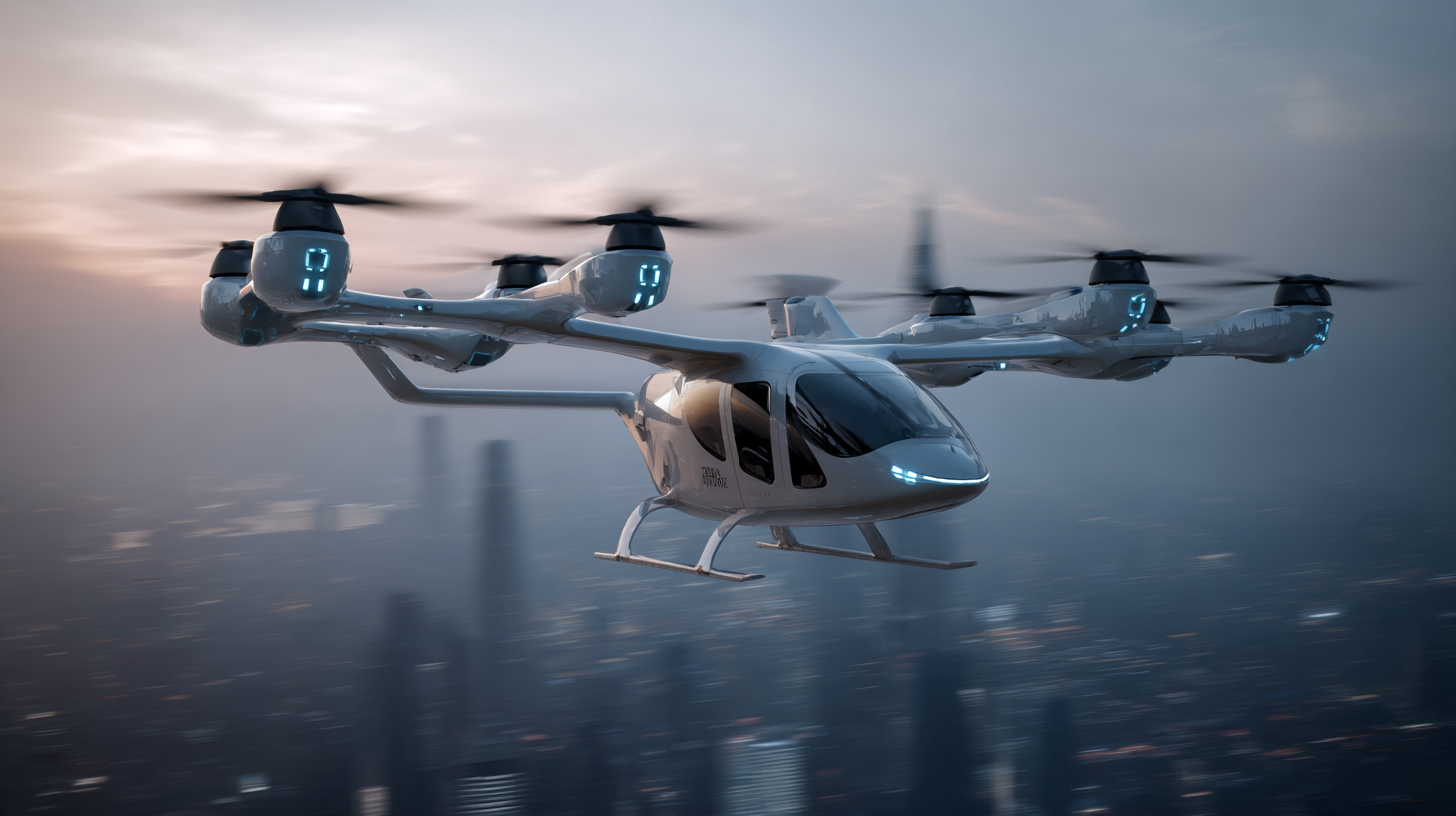
The rise of big drones is set to transform aerial transportation, introducing unprecedented efficiency and versatility to logistics and passenger travel. According to a recent report by the International Civil Aviation Organization (ICAO), the drone market is expected to reach $43 billion by 2024, driven by advancements in drone technology and increasing regulatory support. Big drones, defined as those weighing over 55 pounds, play a crucial role in this expansion, particularly in cargo delivery, medical supply transportation, and agricultural monitoring.

Emerging technologies such as improved battery life, artificial intelligence, and advanced sensor systems are enhancing the capabilities of these larger drones. A report from MarketsandMarkets indicates that the global drone logistics market is projected to grow from $9.4 billion in 2022 to $49.2 billion by 2030, reflecting a compound annual growth rate (CAGR) of 25.4%. This growth is largely attributed to the increasing demand for faster delivery services and the need for efficient transportation in hard-to-reach areas. As big drones become more integrated into supply chains, we can expect a significant shift in how goods and services are delivered, making aerial transportation an integral part of our everyday lives.
As we stand on the brink of a transportation revolution, the integration of big drones powered by emerging technologies is reshaping the future of aerial mobility. Key innovations such as artificial intelligence (AI), advanced battery technology, and automation are driving this transformation. According to a report by the World Economic Forum, the global drone market is projected to reach $41 billion by 2026, highlighting the significant potential for drones in diverse sectors, including logistics, healthcare, and urban air mobility.
AI is a pivotal technology contributing to the effectiveness of drone operations. With machine learning algorithms, drones can optimize flight paths, enhance obstacle detection, and improve overall safety. A report from McKinsey indicates that commercial drones could contribute up to $30 billion to the U.S. economy by 2030, especially in delivery services. Enhanced battery technology also plays a critical role, allowing drones to fly longer distances and carry heavier payloads, thereby expanding their operational capacities.
Tips: For businesses looking to adopt drone technology, it's essential to stay updated on regulatory changes that may impact operations. Additionally, investing in training and development for personnel will ensure a smooth transition to this innovative mode of transportation. Emphasizing safety and compliance from the start will be vital in leveraging the full potential of aerial drones.
As aerial drone systems continue to evolve, regulatory challenges are at the forefront of their implementation and expansion. Governments around the world are grappling with the need to establish regulations that ensure safety while fostering innovation. The rapid development of big drones, capable of carrying significant payloads, presents unique challenges in air traffic management, liability, and privacy concerns. Striking a balance between promoting technological advancement and protecting public interests is essential.
**Tips:** Engage with local regulatory bodies to stay informed about upcoming legislation and guidelines related to drone operations. Participating in forums and workshops can also provide insights into best practices and potential compliance measures.
Emerging technologies, such as artificial intelligence and autonomous navigation systems, are poised to enhance the capabilities of aerial drones. However, these advancements must be matched with robust regulatory frameworks that address the complexities of urban air mobility. As cities prepare for the integration of drones into their transport systems, collaboration among industry stakeholders, regulators, and the community will be crucial to shape effective policies that facilitate growth while maintaining safety standards.
**Tips:** Consider advocating for clear and flexible regulations that can adapt to technological changes. Partnerships with tech companies and safety organizations can also help in creating comprehensive strategies for drone deployment.
The global drone market is expected to grow significantly from 2020 to 2025, driven by advancements in aerial transportation technologies and increasing regulatory support. The chart illustrates the projected growth in market size, indicating a robust upward trend in the adoption of drone systems for various applications.
The integration of large drones into aerial transportation systems carries significant implications for sustainability and environmental impact. According to a 2022 report by the International Civil Aviation Organization (ICAO), the aviation sector accounts for nearly 3% of global CO2 emissions, a figure that could potentially rise as air traffic increases. However, the deployment of large, electric drones presents a viable solution to mitigate these emissions. These drones often utilize battery technology that, when powered by renewable energy sources, can significantly reduce greenhouse gas emissions compared to traditional aviation fuel.
Moreover, a study from McKinsey & Company projects that large cargo drones could cut logistics-related emissions by up to 70% by 2030. This reduction is essential as the demand for last-mile deliveries continues to surge, intensified by the growth of e-commerce. Not only do large drones have the potential to revolutionize freight transport by minimizing road congestion and enhancing delivery speed, but they also promise a lower environmental footprint. As technology continues to evolve, the future of aerial transportation appears poised to align closely with sustainability goals, demonstrating that innovation can drive both economic growth and environmental stewardship.
| Drone Model | Payload Capacity (kg) | Flight Range (km) | Battery Life (hours) | Estimated CO2 Emissions (g/km) | Sustainability Features |
|---|---|---|---|---|---|
| Drone A | 150 | 500 | 4 | 80 | Solar-powered systems |
| Drone B | 200 | 600 | 5 | 70 | Biodegradable materials |
| Drone C | 250 | 700 | 6 | 75 | Electric propulsion |
| Drone D | 300 | 800 | 7 | 60 | Recyclable components |
Urban air mobility (UAM) is rapidly evolving, promising to revolutionize how we navigate cityscapes. According to a recent report by the consulting group Deloitte, the UAM market is expected to exceed $1 trillion by 2040, driven by advancements in drone technology and infrastructure integration. Cities worldwide are beginning to explore how big drones can fit into their existing frameworks, paving the way for a seamless blend of air and ground transport. This integration not only offers faster transit times but also addresses worsening traffic congestion in major urban areas.
Tips: For cities looking to implement UAM strategies, investing in drone infrastructure such as vertiports and designated air corridors is essential. Collaborating with technology partners can also provide valuable insights into regulatory compliance and operational logistics.
Emerging technologies, such as artificial intelligence and 5G connectivity, play a pivotal role in the future of UAM. A report from the International Civil Aviation Organization highlights that real-time data analytics can enhance traffic management and safety protocols, ensuring that drones operate efficiently within populated environments. With these advancements, incorporating drones into city infrastructures is not just a possibility; it's rapidly becoming a necessity for smarter cities.
Tips: Stakeholders should focus on building regulatory frameworks that promote safety while encouraging innovation. Engaging with local communities will also foster public trust and acceptance of drone technology as part of everyday transportation.
